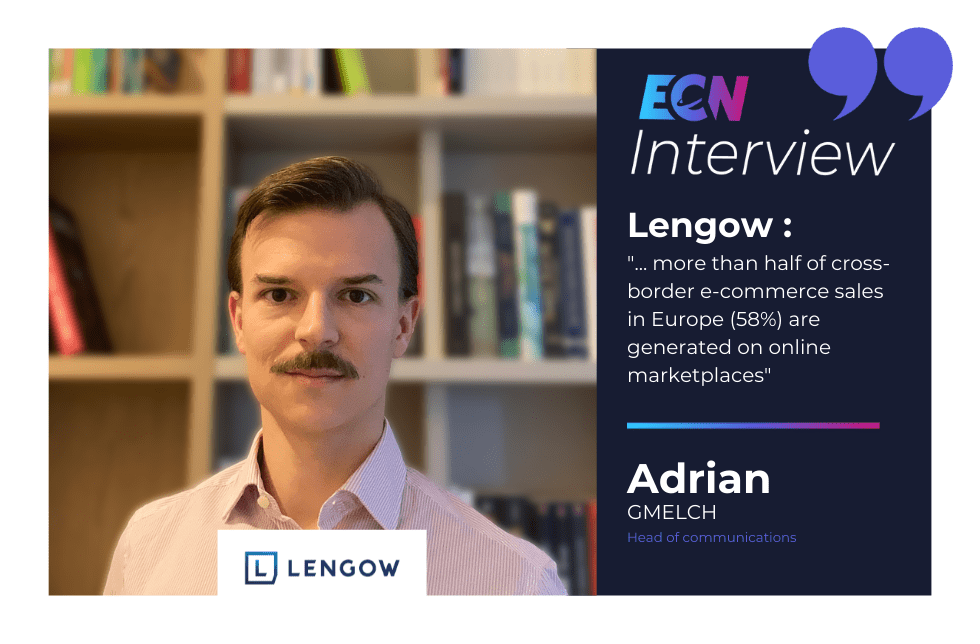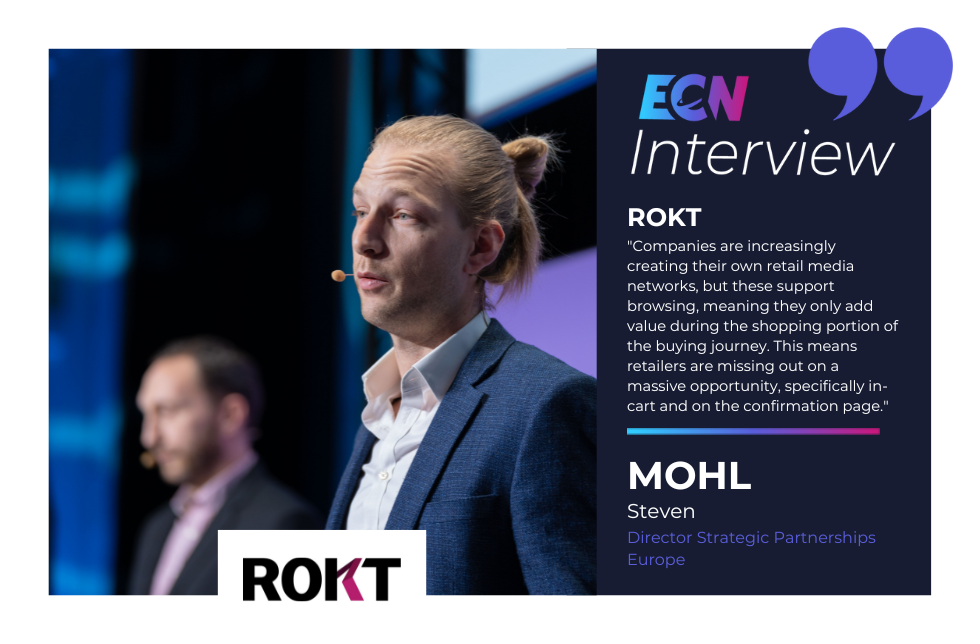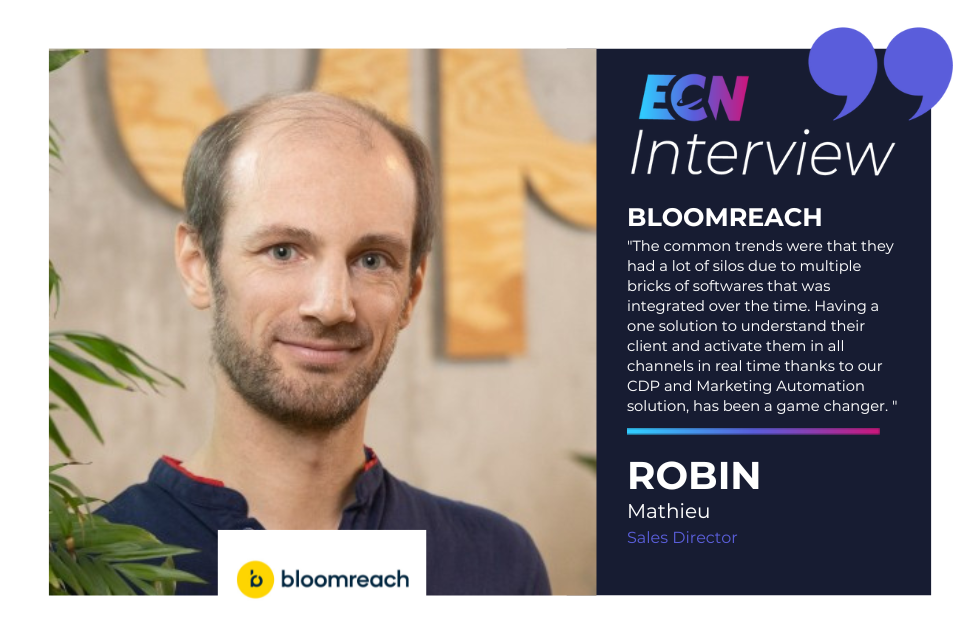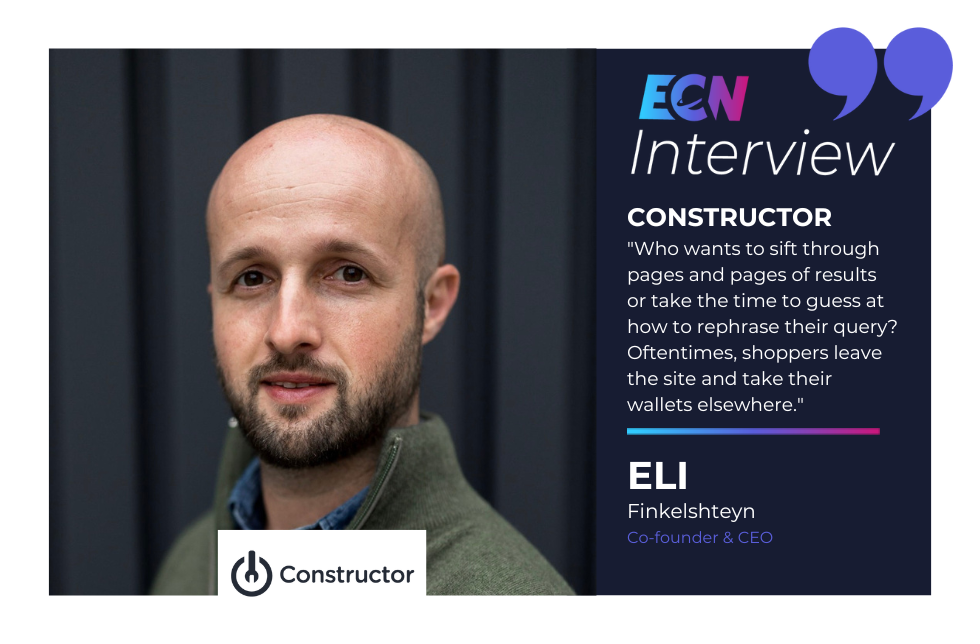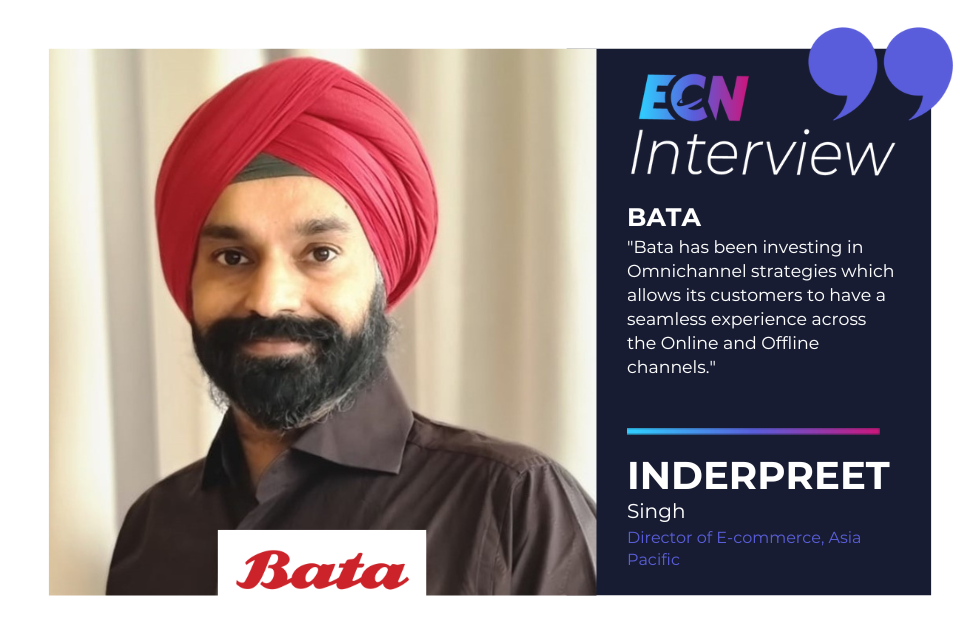For this interview, E-Commerce Nation contacted the Head of Communications at Lengow: Adrian Gmelch to discuss marketplaces and their place in today’s E-commerce landscape.
Lengow is well placed to talk about this topic, since the company offers a feed management solution, allowing to synchronize product sheets and campaigns of its online store to a marketplace
Can you introduce yourself and your background?
Sure! My name is Adrian and I’m passionate about tech and e-commerce. I first served large tech companies at an international PR agency before joining Lengow in 2018. I’m now in charge of the Marketing communications department. And I have a strange hobby: writing books about the film industry 🙂
Can you introduce Lengow and its activity?
At Lengow we help brands and retailers to improve their online sales and performances. With us they can launch their products on multiple channels, such as marketplaces or social media platforms, without having to go through the arduous task of individually indexing their product listing ads for each new channel. Since 2009, Lengow has integrated more than 1,600 partners into its solution to provide a powerful ecosystem to its 4,600 retailers around the world. We work with a lot of brands that sell products, such as Sephora, L’Oréal Paris or Nespresso, but also with companies which sell services.
What impact has the pandemic had on your business? Do you have any data to share with us?
During the pandemic, marketplace sales went through the roof; the order volume was impressive. We work with numerous marketplaces and connect our retailers and brands with them. So you can imagine that we benefited from the boom! Other developments and new projects, such as retailers wanting to become marketplaces or brands pursuing a new D2C strategy, were also very interesting and challenging for us.
Do you think that a need to internationalize its offer is present today in the E-retailers?
Of course! Cross-border trade is becoming increasingly important in a digital world; those who want to grow further and gain new customer bases must also offer their products outside their home market. Online marketplaces are a simple, practical and efficient solution for this. By the way more than half of cross-border e-commerce sales in Europe (58%) are generated on online marketplaces!
How do marketplaces meet this demand?
Basically, marketplaces are like shop windows, even showcases to foreign countries. Products are listed on the platforms in the countries of your choice and potentially made available to all online shoppers in a country. There are a few reasons why marketplaces are so attractive for cross-border online commerce. First of all, the investment is low. Your own online store does not have to be translated into the local language, nor do you have to integrate country-specific payment methods. The marketplace takes care of all that. Only a feed management tool such as Lengow is needed to quickly connect these “foreign” marketplaces. After that, the target market can also be tested first with a selection of products. Retailers and brands benefit here immediately from the high visibility and awareness of the platforms. Online shoppers have a high level of trust in marketplaces. They often prefer to buy products on marketplaces because they find a wide variety of products and an easy shopping experience.
On your blog, you recently talked about the influence of Netflix on the sales made on marketplaces. Can you elaborate on this?
Yes! People who are excited about a new series they’ve seen on Netflix have a tendency to search for products related to the series. They do this mostly online. And where is the best place to look for products online? That’s right, on marketplaces! Forget Google for once. They search directly for series products on marketplaces like Amazon, eBay or Etsy.
This also shows how Amazon is increasingly becoming the default product search engine. When viewers see something in a Netflix or other program that piques their interest, the first reflex is to search for it on that marketplace. This underscores how important it is becoming to increase visibility on results pages through the Amazon Product Ads system to sponsor products …
How would you explain the popularity of marketplaces among consumers?
As I briefly explained in a previous response, the key benefits of marketplaces for consumers are: a huge selection of products from different categories (generalists), often very good customer and delivery service, competition between merchants, which has a positive effect on pricing for the customer, very advantageous customer programs (Amazon Prime, Rakuten Points etc.).
As a matter of fact, marketplaces should be understood as the department stores of the 21st century!
How do you see the development of Chinese marketplaces in the West? Do they represent a real competition for the marketplaces we are used to?
China is an incredibly innovative market. Chinese consumers for example discovered e-commerce via marketplaces, which account for more than 80% of e-commerce sales. And they especially use mobile devices for shopping. Thus, the marketplace and e-commerce infrastructure have been developed with this characteristic in mind, making it mobile-first. However, in Western Europe it’s not quite the same. Another difference is that e-commerce via marketplaces in Europe is all about efficiency and convenience, whereas Chinese consumers wish to be entertained and enjoy the process of product demonstrations. So, marketplaces in the East and West are quite different. For some years now, Asian players such as AliExpress have been trying to establish themselves in Europe, and to some extent succeeding. But these marketplaces are still seen as low-cost providers and their “aesthetics” do not yet quite match the European style. They have difficulty attracting local retailers and brands as sellers. However, I expect that these players will also establish themselves in the coming years – as long as they can adapt to the standards.
What are, for you, the E-commerce trends to follow in the coming years?
The keywords are: sustainability, omnichannel & personalization. Sustainability and environmental friendliness is the biggest challenge for e-commerce. Some suppliers and brands are on a good path, but there is still an incredible amount to do. Consumers are more demanding than ever about sustainability – and e-commerce must deliver. Omnichannel strategies need to be further optimized and improved now that the consumer has learned through the pandemic to really be able to buy products anywhere. In the future, shoppers will juggle more and more borderlessly between physical stores, online stores, marketplaces and social media. And they’ll need to have the same positive customer experience everywhere. And last but not least individual and personalized offers are becoming increasingly important for consumers. Shoppers want to be able to personalize products, to set themselves apart from others.

